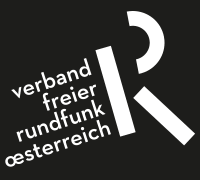
- About
- Stations
-
Program
- Livestreams
- On Demand
- Programming Together
Notice: Undefined variable: titel_en in /home/httpd/freier-rundfunk.at/admin/admin_page.php on line 502
Notice: Undefined variable: titel_en in /home/httpd/freier-rundfunk.at/admin/admin_page.php on line 502
Notice: Undefined variable: titel_en in /home/httpd/freier-rundfunk.at/admin/admin_page.php on line 502
Notice: Undefined variable: titel_en in /home/httpd/freier-rundfunk.at/admin/admin_page.php on line 502
- Activities
- Publications
- Contact












